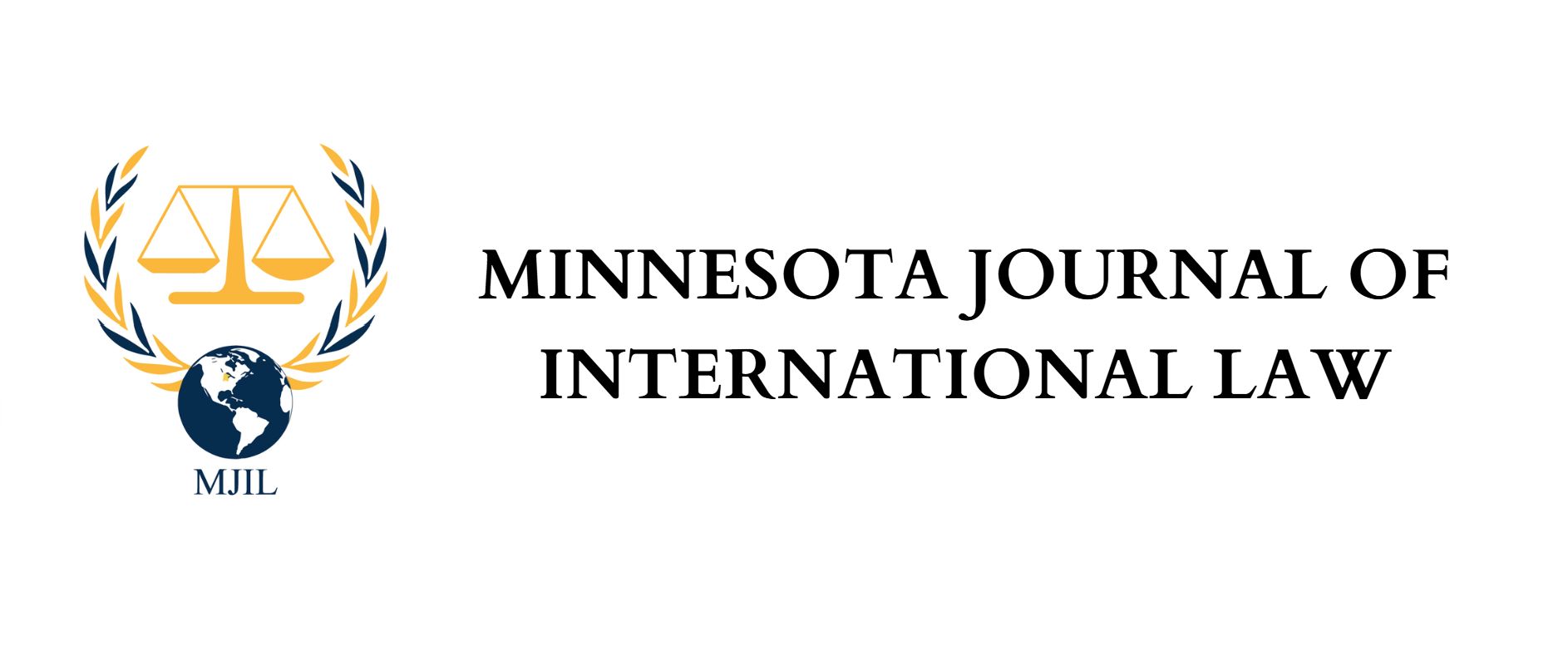Noah Richardson
In 1927, Oliver Wendell Holmes Jr., Associate Justice of the United States Supreme Court, wrote the opinion in Buck v. Bell that upheld Virginia’s forced sterilization law.[1] The statute, one of several that had been passed in states across the country, was part of a larger movement aimed at eradicating undesirable traits from members of society: the eugenics movement. Such practices are commonly associated with the legal practices of the Third Reich and Nazi Germany, but the role legislation in the United States and many of its allies played in legalizing eugenics practices in other parts of the world remains lesser known.
In the early and mid-20th century, the popularity of eugenics among intellectual circles was global.[2] In a twisted interpretation of Darwin’s theories of evolution and natural selection, social elites sought to eliminate undesirable traits—everything from poverty to developmental delays to criminal behavior—through selective reproduction.[3] The term “eugenics” is credited to a British statistician[4] from the late 19th century, a distant relative of Darwin, but the idea soon took off around the world. By the 1920s, there was social and governmental support for the legalization of eugenic practices not just in Great Britain, but also the United States, Canada, and Germany, among others.[5] In 1934, the superintendent of the Western State Hospital in Richmond, Virginia, declared that “[t]he Germans are beating us at our own game,” referring to the implementation of eugenics theories under Hitler’s regime based on American blueprints.[6]
Here in the United States, “. . . legislative authorization for state-enabled involuntary sterilization programs [largely aimed at women] to curtail reproduction by the ‘unfit’ can be readily traced to late nineteenth-century American thought. . . .”[7] Some may dismiss these laws and the concerns they raise as relics of the past, a time that we have since overcome because now as a society we know better. This would be a mistake.
It can be easy to forget that much of the world we take for granted has been shaped by decisions made long ago, and those echoes still reverberate through the legal landscape. Largely due to its association with Nazis and white supremacist movements, eugenics practices are no longer as vocal in mainstream media. But they have not ceased. In an attempt to curb rates of genetic disorders, Sweden sterilized approximately 60,000 people in the mid-20th century.[8] In 2020, Project South[9] published a report that raised concerns “. . . regarding the rate at which hysterectomies are performed on immigrant women under ICE custody at ICDC,” an immigrant detention center in Georgia.[10] A 2022 report from the National Women’s Law Center found that over 30 states in America still have statutes that explicitly allow forced sterilization, two of which were passed as recently as 2019.[11] And despite being effectively preempted by subsequent cases,[12] Buck v. Bell has never been officially overturned.
Eugenics supporters often seek to justify their views with comparisons to other public health efforts. Indeed, the only case cited in the Buck v. Bell opinion is one which upheld the legality of compulsory vaccinations aimed.[13] This implication of public health as a rationale raises questions of human rights, dignity, and civil liberties, all within the larger context of social welfare, about how similar arguments are being raised in a contemporary setting.
[1] Buck v. Bell, 274 U.S. 200 (1927).
[2] Daniel J. Kevles, Eugenics and Human Rights, 319 BMJ 435, 435 (August 14, 1999).
[3] Eugenics and Scientific Racism, Nat’l Hum. Genome Rsch. Inst. (May 18, 2022) https://www.genome.gov/about-genomics/fact-sheets/Eugenics-and-Scientific-Racism.
[4] Id.
[5] Id.
[6] Egbert Klautke, ‘The Germans Are Beating Us at Our Own Game’: American Eugenics and the German Sterilization Law of 1933, 29 Hist. of the Hum. Sci. 1, 2 (Feb. 2016).
[7] Philip R. Reilly, Eugenics and Involuntary Sterilization: 1907-2015, 16 Ann. Rev. of Genomics and Hum. Genetics 351, 354 (2015).
[8] Kevles, supra note 2.
[9] Formerly known as the Institute for the Elimination of Poverty and Genocide.
[10] Re: Lack of Medical Care, Unsafe Work Practices, and Absence of Adequate Protection Against COVID-19 for Detained Immigrants and Employees Alike at the Irwin County Detention Center, Project S. (Sept. 14, 2020) https://projectsouth.org/wp-content/uploads/2020/09/OIG-ICDC-Complaint-1.pdf.
[11] Forced Sterilization of Disabled People in the United States, Nat’l Women’s L. Ctr., 28 (Jan. 24, 2022) https://nwlc.org/wp-content/uploads/2022/01/%C6%92.NWLC_SterilizationReport_2021.pdf.
[12] See Skinner v. Oklahoma, 316 U.S. 535, 541 (1942).
[13] Buck v. Bell, 274 U.S. at 207 (1927). See also More Perfect, The Original Anti-Vaxxer, WNYC Studios, at 34:22, https://www.wnycstudios.org/podcasts/radiolabmoreperfect/episodes/original-anti-vaxxer.
